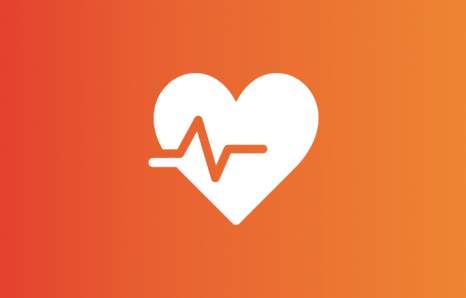Working in the rail industry can expose people to potentially traumatic events. As a manager, you want to be equipped with the tools to protect and support your team. The team and organisation around a person can play a big role in a person's recovery after an event. This session gives practical steps managers can take before, during and after an event to reduce the risk to mental health. Managers will also learn how they can protect themselves from burnout and vicarious trauma when supporting trauma-exposed colleagues.
You may also be interested in:

Peer Power: Strategies for building supportive communities
George Hamlyn explores Transport for London's approach to authentic peer support, taking you through the history of TfL's peer support program and highlighting the risks of focusing solely on the 'soft and fluffy' side of wellbeing. He provides an overview of TfL's training program, the crucial role of documents, policies, and procedures in ensuring consistency and also discusses the importance of evaluating and holding peer supporters accountable for their actions.

Footcare for the railway industry
Good footwear that meets health and safety requirements is essential in the industry but knowing how to take care of what goes inside your boots (feet) is also important. By taking care of your feet, foot and ankle injuries can be avoided. This can also improve overall comfort when working long hours on uneven surfaces. Kelly Edwards, a podiatrist with experience working with the railway industry, shows you simple ways to help you feel better and healthier on your feet.

Warm-up routine for shift work
Join Andy Picken as he demonstrates easy exercises to incorporate before or during your shift. Experience the benefits of simple Personal Protective Exercises (PPE) designed to boost your energy and ease your workday. This warm-up routine will help you stay active, reduce fatigue, and improve overall wellbeing, making your shift work more manageable and less physically taxing. Enhance your daily performance with these effective and accessible exercises.
